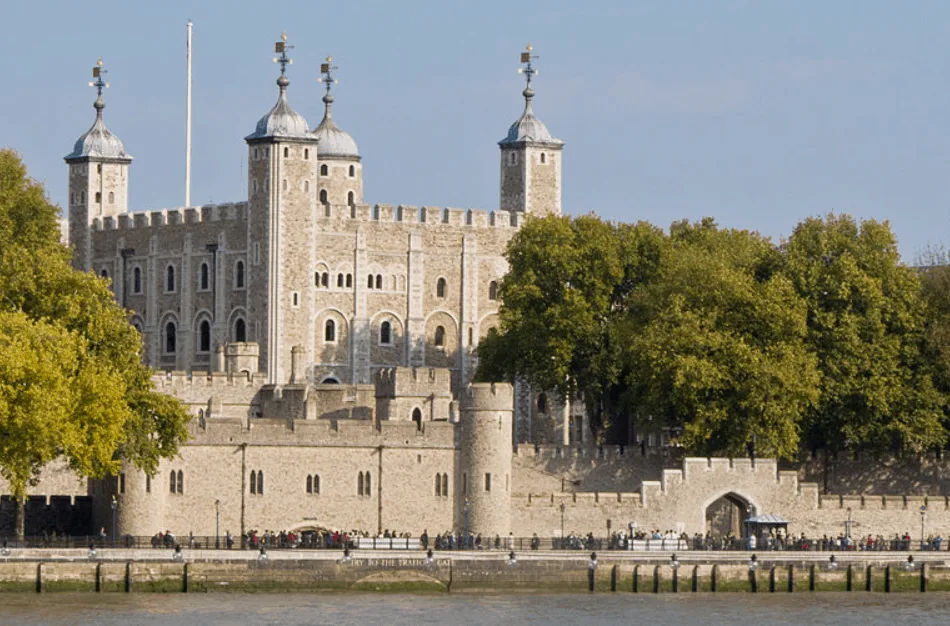Did you know that one of the most famous castles in England was used as a prison for over 8 and a half centuries?
In this post, you’ll discover our top 10 list of facts about the Tower of London, one of the most historic attractions in London.
1. It’s located In a London Borough indirectly named after it
The Tower of London is located just east of the Ancient Roman town walls of London and right next to the City of London in a borough called “London Borough of Tower Hamlets.”
This borough was formed in 1965 when three London boroughs named Stepney, Poplar, and Bethnal Green, merged. It was named after a military division located in the area referred to as the “Tower Division” and which was directly in service of the Tower of London.
Tower Hamlets was the alternative name of the Tower Division, which covered much of East London, so the borough was named after this.
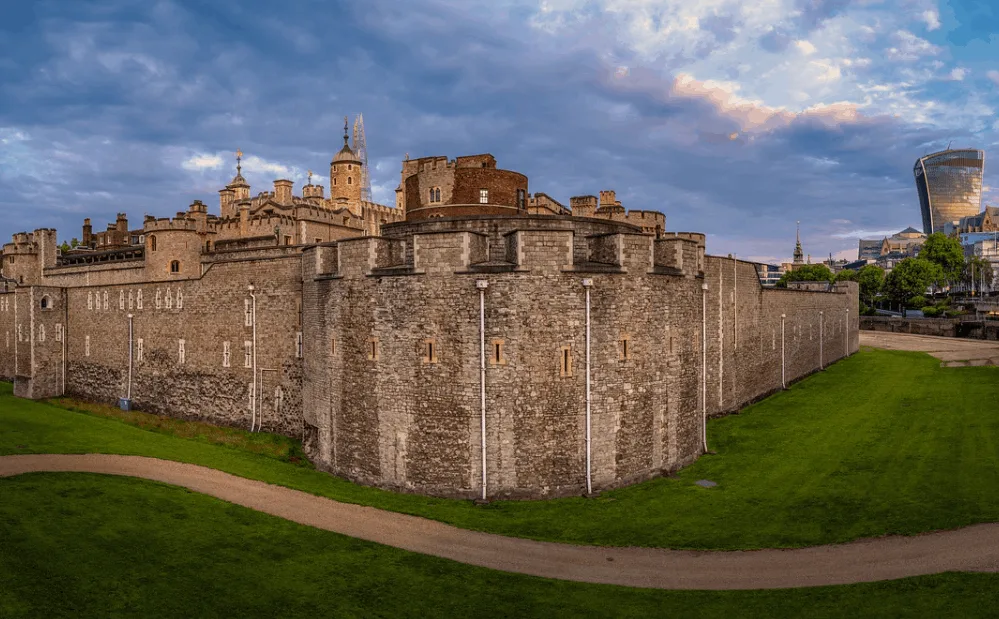
2. London’s most famous bridge was designed to complement the Tower’s design
One of the most iconic landmarks in London is a famous bridge named Tower Bridge, which is named after the Tower of London and crosses the River Thames just next to it.
One of the most fascinating facts about the Tower of London is that the bridge had to be designed in such a way that it resembled the Gothic design of the White Tower of London.
The towers of the bridge are actually built with a steel frame and clad with decorative stones, but the bridge certainly matches the design of the Tower!

3. The castle dates back to the year 1066
The castle was built as part of the Norman Conquest of England, which started in the year 1066. William the Conqueror established 36 castles all across England between the year of his conquest and 1087, of which several formed a defensive ring around London. The Tower of London was one of the last castles to be established.

A Saxon castle was already in place on the site but was expanded to serve multiple purposes, including fortification, administration, and serving as a residence for the King.

4. It was named after the castle’s old keep which includes a historic chapel
The main architect of William I was a Norman monk named “Gundulf of Rochester.” He is believed to have designed multiple other castles, including the Castle of Rochester and the Castle of Colchester.
Construction of the old keep of the Tower of London named the “White Tower,” is believed to have started in the year 1078, although the exact date is uncertain.
The White Tower is considered to have been the strongest fortification of the castle and includes the St John’s Chapel, which was built in the year 1080 with stones imported from France. It’s a truly remarkable piece of English history!
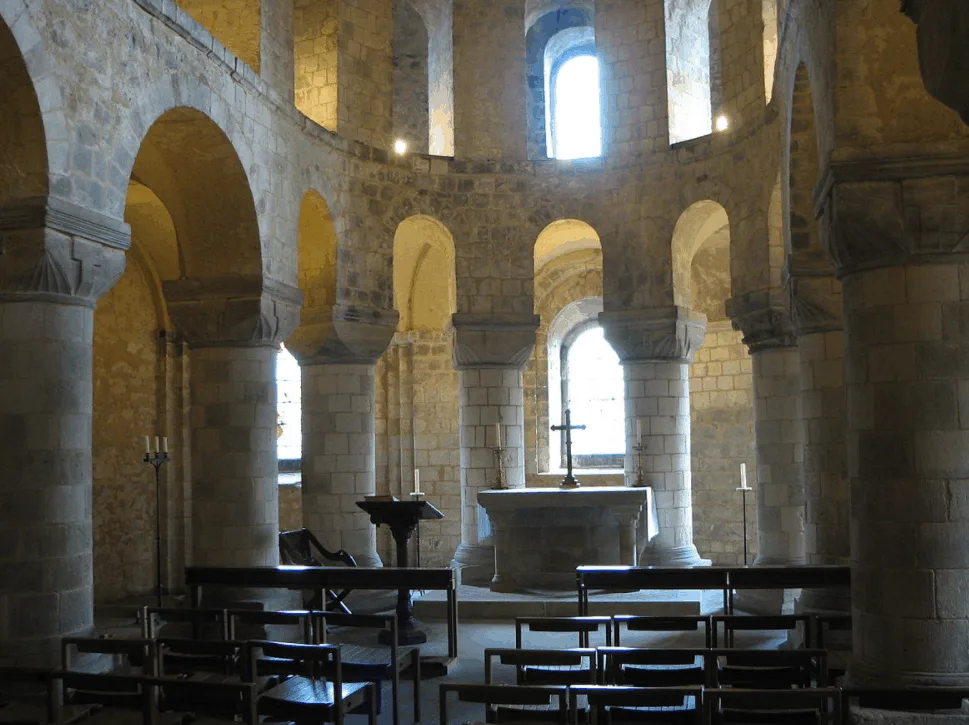
5. It originally served as the royal residence of England
The official name of the Tower of London is “Her Majesty’s Royal Palace and Fortress of the Tower of London.” This implies that the castle once served as the palace of the English monarchs.
In most parts of its early history, the castle served this purpose. It wasn’t until the Tudors came to power in the late 15th century that the Tower was being used less as a Royal residence.
Right now, the Tower of London is managed by a charity organization named “Historic Royal Palaces” which manages various unoccupied royal palaces, including Hampton Court Palace and Kensington Palace.

6. It served multiple other purposes as well in its rich history
A royal palace is just one of numerous purposes that the Tower of London has served in its extensive history of nearly 1,000 years. These purposes include:
- An armory
- A treasury
- A menagerie
- The home of the Royal Mint
- A public record office
- The home of the Crown Jewels of England
From the early 14th century until the reign of Charles II (reigned between 1660-1685), a procession would lead the new monarch from the Tower of London to Westminster Abbey on the day of their coronation as well.
7. The castle’s current layout dates back to the 13th century
The Tower of London was a heavily fortified castle back in the day, and even though a lot of work has been done following the late 13th century, the main layout hasn’t changed since then.

This means that the two rings of defensive walls surrounded by a moat are still in place, exactly the way they were during the reign of Edward I (1272-1307).
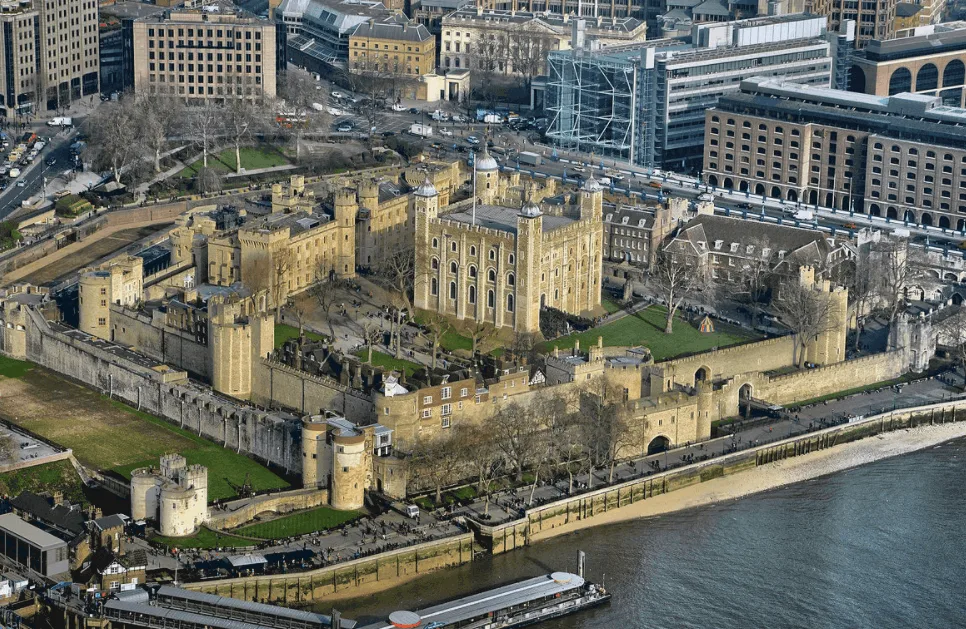
8. The Tower was held by a special person during the King’s absence
In medieval times, the Tower of London was considered to be the most important fortress to hold the city. That’s why the Tower needed to be in good hands when the monarch was absent.
Therefore, a special function was created referred to as the “Constable of the Tower.” This person was in charge of the tower’s defense in case of an invasion and had the burden to defend the most important castle in the capital of England.
One of the most remarkable facts about the Tower of London is that this function, which was held for the first time in the year 1068 by a man named Geoffrey de Mandeville, is still fulfilled today.
It’s mainly a ceremonial role now and involves participating in ceremonial traditions and being active in the community.
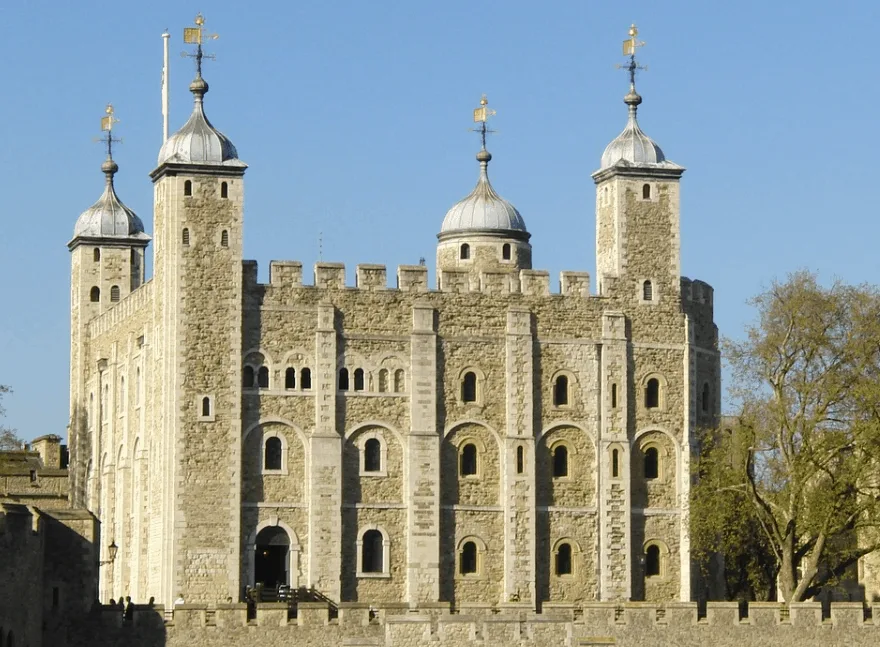
9. Despite its reputation, not that many people were executed at the Tower
One of the scariest facts about the Tower of London is that it has served as a prison for over 850 years, on and off from the year 1100 until 1952. It has earned a frightening reputation and being “sent to the Tower” almost translated into an automatic death sentence.
Its reputation was much worse than the actual matter, even though spending time at the Tower’s dungeon most certainly wasn’t a 4-star hotel experience in medieval times.
Entering the Traitors Gate, the common name of the prison’s entrance, certainly didn’t mean you were about to be executed. In all of its history, only 7 people were executed within the walls of the tower, and 12 during the World Wars of the 20th century.
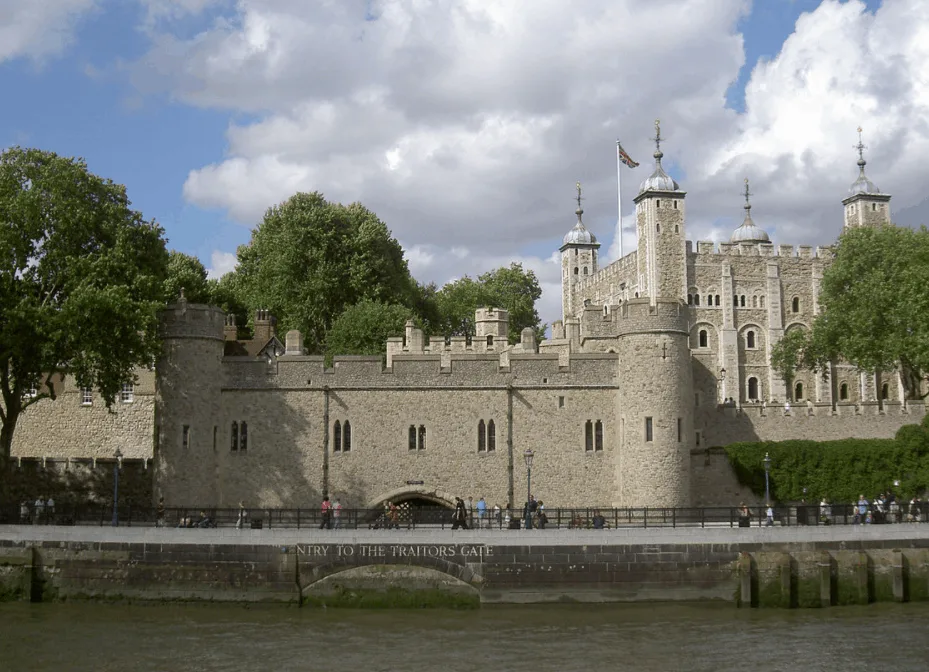
Unfortunately, not all were so lucky as about 112 people were dragged out of the dungeon to be put to death at the execution grounds on the nearby Tower Hill.

10. It’s a UNESCO site and one of the most popular tourist attractions in London
Today, the Tower of London is one of the most popular tourist attractions in London. It’s estimated that nearly 3 million people visit the historic castle every year, making it one of the top 10 attractions in the United Kingdom as well.
The castle has also been designated as a UNESCO World Heritage Site since the year 1988 as it’s described as “an internationally famous monument and one of England’s most iconic structures.”
